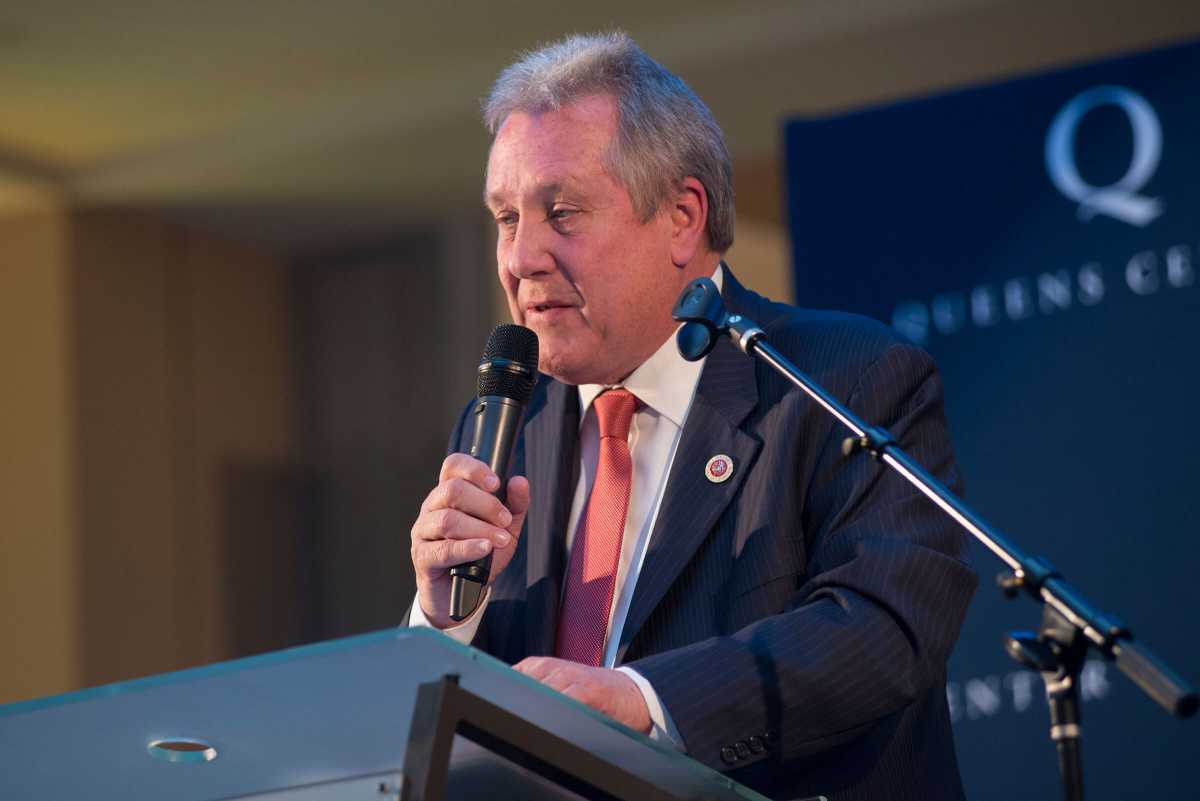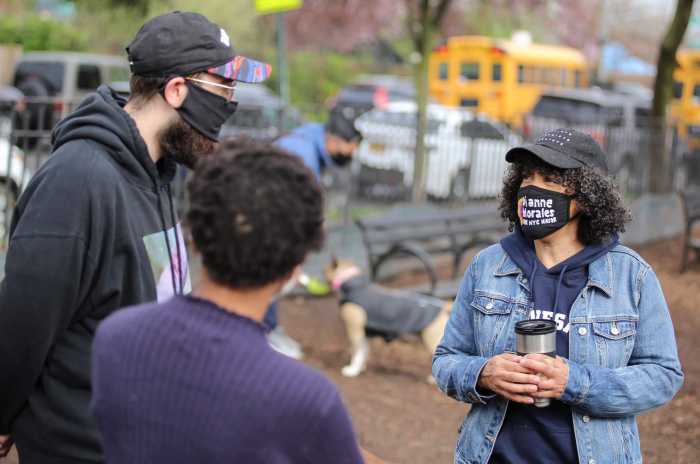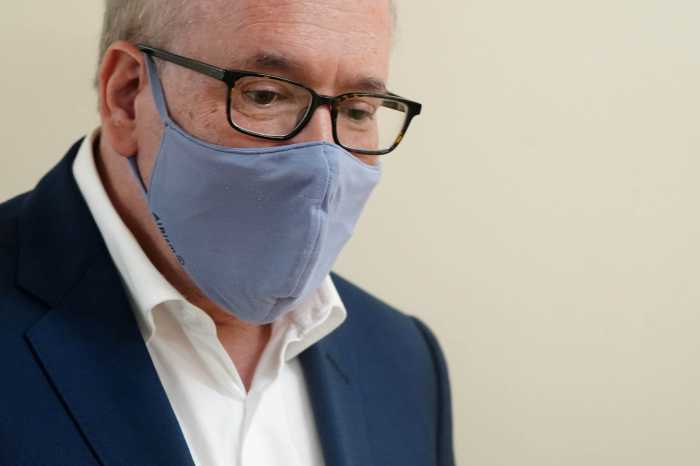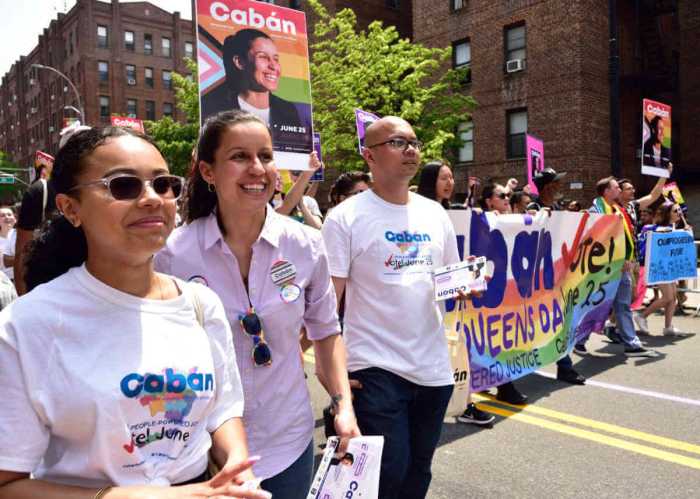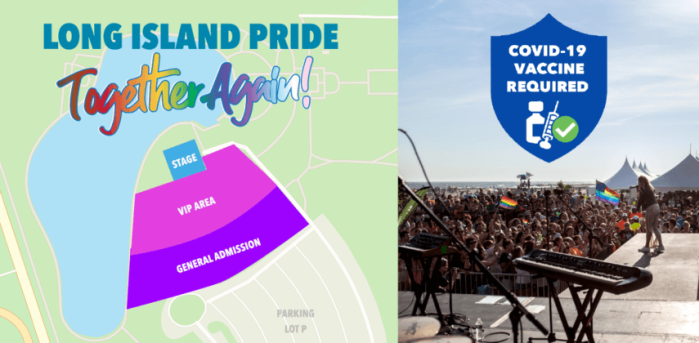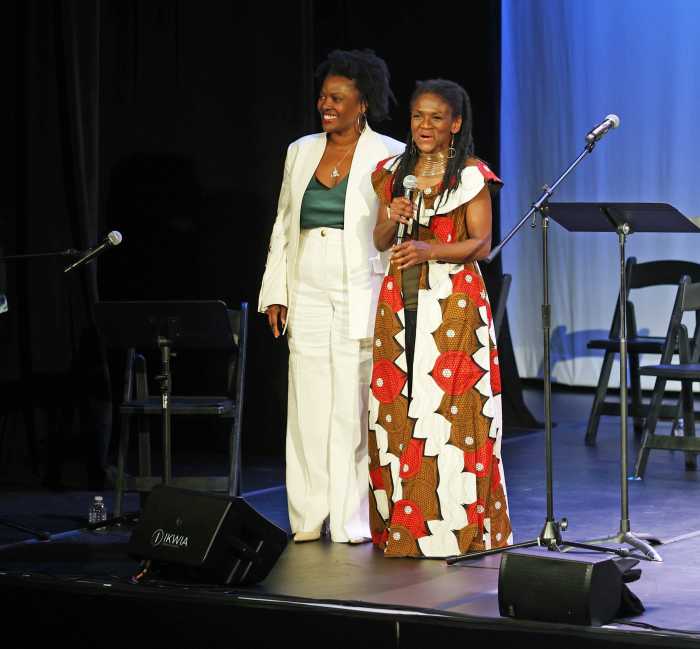I founded Queens Pride 29 years ago to be a welcoming space for all the borough’s diverse communities. Through the years, I excitedly watched as this colorful celebration, with a serious political message, grew. It seems every country is now represented. The transgender presence, always there from the beginning, is ubiquitous at this point. Many others of all stripes flock to an event that is grounded in family, friends, and neighbors, not corporations. And, of course, so many straight allies have come to stand with us, which always makes me swell with emotion.
If asked to distill the essence of Pride, I would say it is about creating a home for all who do not conform to rigid societal notions of gender and sexuality. One group is taking this a step further and challenging the idea of what “normal” bodies should look like: the intersex community.
“Intersex” is an umbrella term for differences in sex traits or reproductive anatomy. Intersex people are born with these differences or develop them in childhood. There are many possible differences in genitalia, hormones, internal anatomy, or chromosomes, compared to the usual two ways that human bodies develop. According to the United Nations, up to 1.7 percent of the world population is born with intersex traits.
Medical professionals often encourage parents and guardians to agree to procedures to treat intersex traits and variations in sex characteristics, even when such procedures are medically unnecessary. Despite the prevalence of these violations of basic human rights, there is no federal or state law prohibiting such procedures. Much of the work of the intersex community is aimed at ensuring decisions around intersex bodies are based on informed consent and self determination, principals that should be very familiar to LGBTQIA+ and other liberation movements.
New York City has been leading the way in seeking justice for the intersex community. In April of this year, the New York City Council passed my legislation requiring the Department of Health and Mental Hygiene to conduct a public information and outreach campaign regarding medically unnecessary treatments on individuals born with intersex traits or variations in sex characteristics. Most notably, the input of members of the intersex community will play a keyrole in the development of this program. With proper information, New Yorkers will now be more likely to understand the adverse effects of coercive “normalizing” medical interventions.
Prompted by this legislation and the work of advocates, NYC Health + Hospitals has decided to end the practice of medically unnecessary surgeries on children with intersex traits. Sadly, other prominent institutions, including Weill Cornell, still prey upon the unfounded fears of parents and guardians in pursuit of lucrative yet unethical practices. I applaud this tremendous step forward and hope that it will encourage private hospitals in the city to follow suit.
We cannot, as an LGBTQIA+ movement, or as a society for that matter, say that we respect the right to bodily integrity and the foundational concept of consent yet ignore the injustices perpetrated by much of the medical establishment against our intersex siblings. So let’s celebrate the “I” this Pride Month and commit to ending this particularly insidious form of violence!
To learn more about the intersex community and find out how you can help, visit interactadvocates.org.
Councilmember Daniel Dromm is the chair of the City Council’s LGBT Caucus.

